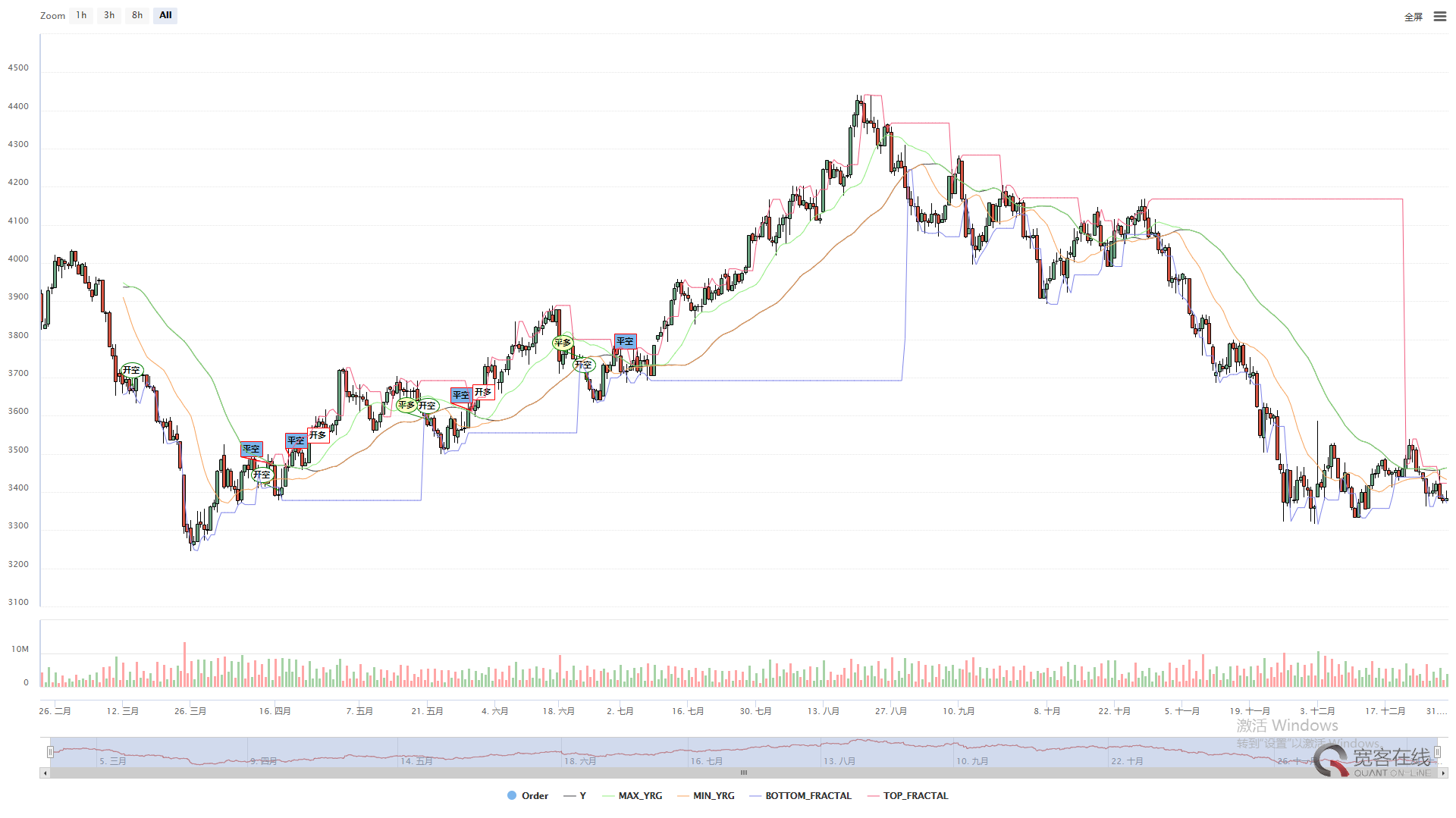Imagine you’re standing on the edge of a towering cliff, gazing at the relentless waves crashing against the rocky shore below. The scene is breathtaking, but it also fills you with a sense of awe and uncertainty. The waves seem to obey no discernible pattern, yet there’s an underlying order hidden within their seemingly chaotic dance.

Image: www.abebooks.com
This is the very essence of chaos theory, a scientific concept that has revolutionized our understanding of complex systems—from the weather to the human brain. And it turns out that chaos theory has a profound impact on the equally intricate and unpredictable world of options trading.
Chaos in the Trading Market: A Butterfly’s Flapping Wings
At the heart of chaos theory lies the concept of nonlinear dynamics, which suggests that even small changes in initial conditions can lead to wildly divergent outcomes. This phenomenon, also known as the “butterfly effect,” is vividly illustrated by the proverbial flapping of a butterfly in Brazil potentially causing a tornado in Texas.
Similarly, in the options market, a seemingly insignificant event—such as a small change in the underlying stock price or a shift in market sentiment—can ripple through the system, creating unforeseen consequences that can make or break an options trader.
Leveraging Chaos: Predicting the Unpredictable
While chaos theory may seem counterintuitive at first glance, it actually offers a valuable tool for options traders who seek to master the unpredictable. By embracing the inherent randomness of the market, traders can develop strategies that adapt to changing circumstances and mitigate risk.
One of the key insights from chaos theory is that complex systems, like the options market, exhibit fractal properties. This means that repetitive patterns exist at different scales, from short-term price fluctuations to long-term market cycles. By identifying these patterns, traders can improve their ability to forecast potential market movements and make informed trading decisions.
Fractal Analysis and Fibonacci Retracements
Fractal analysis is a powerful technique used by chaos theorists to analyze complex patterns. By breaking down price data into smaller time frames, traders can identify repeating patterns that provide clues about future price movements. Fibonacci retracements, a commonly used technical analysis tool, are based on the principle of fractals and offer valuable insights into potential support and resistance levels.

Image: www.fmz.com
Embracing Uncertainty: The Serenity of Wilde
In his iconic play, “The Importance of Being Earnest,” Oscar Wilde famously wrote, “In this world, there are only two tragedies. One is not getting what one wants, and the other is getting it.” This quote perfectly captures the essence of chaos theory and options trading.
The key to success in options trading lies in accepting the inherent uncertainty of the market. It’s not about trying to predict the future with perfect accuracy but rather developing the skills and strategies to navigate the chaos and maximize profit potential. Embrace the unpredictable nature of trading, and you’ll find yourself better prepared to capitalize on market opportunities.
Applying Chaos Theory To Trading Options
Conclusion: The Symphony of Chaos
Applying chaos theory to options trading is akin to dancing with the unknown. By understanding the principles of nonlinear dynamics, fractal properties, and embracing uncertainty, traders can tap into the hidden order within the apparent chaos of the market. It’s not an easy journey, but it’s one that can lead to extraordinary rewards for those who embrace the transformative power of chaos.
Remember, the options market is not a battlefield where you strive to conquer uncertainty, but a symphony of chaos where you learn to dance to the rhythm of the unpredictable.






